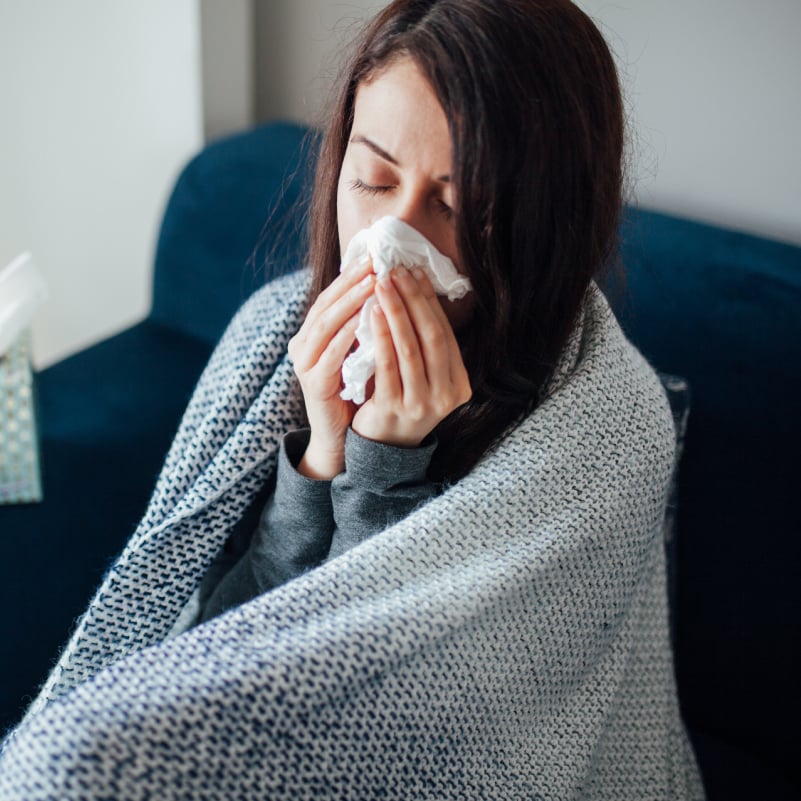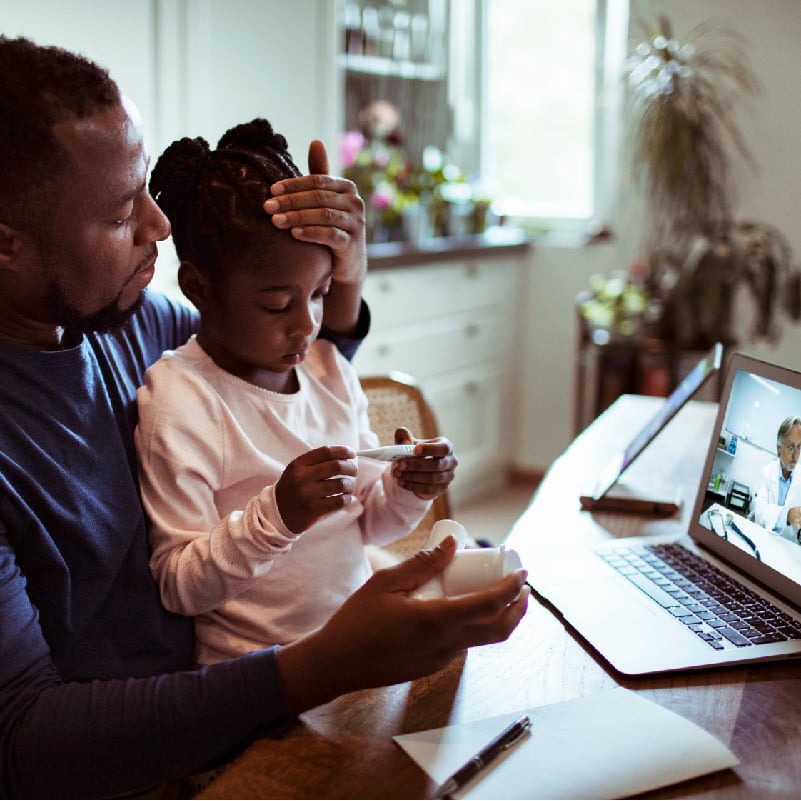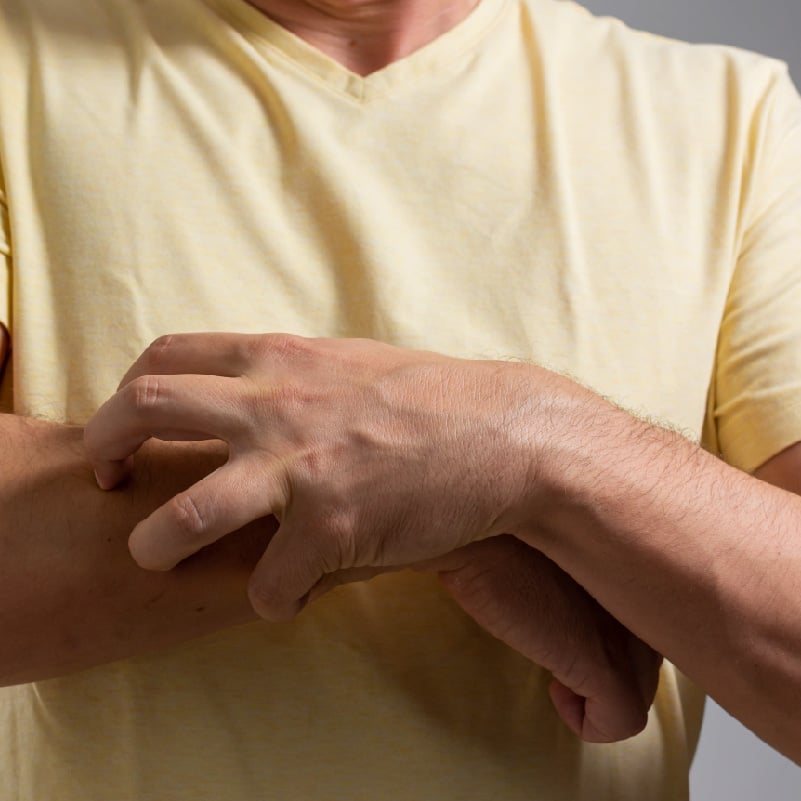Close your eyes and picture this: You have a runny nose, cough, and congestion. The tissues are piling up around you and it seems like the sniffles just won’t end.
What time of year do you imagine this is happening? Most of us would think late fall or winter. But this year, more colds and respiratory syncytial viruses (RSV) have been showing up in doctor’s offices and urgent care rooms in June, July, and August.
Lalit Jain, MD, a pediatrician with Rochester Regional Health at Batavia Pediatrics, explains why we are dealing with these illnesses in the summer.
Are there more summer colds and respiratory viruses?
In short, yes.
Doctors and nurse practitioners are seeing patients come in with plenty of viral symptoms, including coughing, sneezing, runny noses, the sniffles, and chest congestion.
The diagnoses can range from the common cold to respiratory viruses to RSV.
“I have been 32 years in practice. I’ve never seen anything like this in the summertime,” Dr. Jain said.
Why now?
Experts say it can be linked to several factors. One of the most prominent is the series of pandemic-related health restrictions that were focused on COVID-19, but had the unintended yet welcome effect of slowing and stopping colds and viruses from spreading.
“Frequent exposure to various pathogens primes or jazzes up the immune system to be ready to respond to that pathogen and if you have not had those exposures, your immune system may be slower to respond or does not respond as fully, leading to greater susceptibility to some respiratory infections and sometimes longer or more protracted symptoms.
While isolation measures did not weaken our immune system, other factors such as stress, poor sleep habits, alcohol consumption, etc. could also could play a role in how an individual’s immune system responds to respiratory viruses during these difficult times.
“During the pandemic, there were very few cases of flu, RSV or common colds,” Dr. Jain said. “Now all of a sudden, when restrictions are eased, we have begun to see many viral infections..”
Are masks the only factor?
Experts such as Dr. Jain suggest the prevention of colds has been a combination of all of the preventative measures taken for COVID-19 – not just most of the public wearing masks.
In addition to masks and face coverings, people taking the time to wash their hands, use hand sanitizer, and practice physical distancing by remaining at least six feet apart in indoor settings where everyone may not be fully vaccinated has led to less spread of illnesses.
“They work all hand in hand,” Dr. Jain said. “Everything helps.”
Colds & COVID-19: Similar symptoms
Some of the symptoms of a common cold and COVID-19 are unfortunately quite similar. Those can include:
- Runny nose
- Cough
- Chest congestion
- Sniffles
Since those symptoms can raise questions for adults and children, especially for children in a school setting, Dr. Jain encourages undergoing a COVID-19 test just to rule out that virus.
At Batavia Pediatrics, the test process is two-fold: a rapid test for quick results - used in very limited situations - or a PCR test which is considered the gold standard for detection of the COVID-19 virus.
Is there a happy medium with masking?
For now, the long-term future of wearing a mask in indoor public spaces is uncertain.
The CDC recently reinstated its recommendation for wearing masks indoors especially if you are in areas of substantial or high transmission – regardless of vaccination status – as the Delta variant spread through the United States and infected tens of thousands of people each day.
So if mask requirements helped to keep colds and viral illnesses at bay, now that those requirements are gone, will there a point where we are not wearing masks and also not spreading those colds and viruses?
Dr. Jain said for now, while the weather is nice outside, the best we can do is to spend time outdoors instead of inside. That decreases the risk of spreading illnesses in general – including COVID-19.
“The problem, I would think, would be more indoors in crowded spaces or gathering for parties,” Dr. Jain said.
Two statistics from Dr. Jain emphasized this point: 97 percent of people hospitalized for COVID-19 are unvaccinated and 99.5 percent of COVID-19 deaths are in unvaccinated people.
Avoiding colds and other illnesses
Yes, those summer colds are frustrating. So what can you do to make sure you are keeping yourself healthy?
Dr. Jain strongly encourages following the same guidelines as recommended for COVID-19:
- Wash your hands for at least 20 seconds
- Cover your sneezes and coughs
- Wear a mask indoors
- Get the COVID-19 vaccine
- Get plenty of rest
“Please get your kids up to date with their immunizations and their physicals,” Dr. Jain added. “And get vaccinated against the things you can. Get your COVID vaccine so you are less paranoid when you get cold-like symptoms and get protected from this potentially deadly disease.”
Following these guidelines could also help to lessen illnesses in the coming late fall and winter months. A potential worry this fall would be if the flu, RSV and COVID-19 all circulate at the same time.
It remains to be seen what this winter will bring for our health collectively. But if we all do our part by washing our hands, wearing a mask, staying physically distant, and getting the COVID-19 vaccine, we can help both our neighbors and our healthcare providers in helping to end this pandemic.








